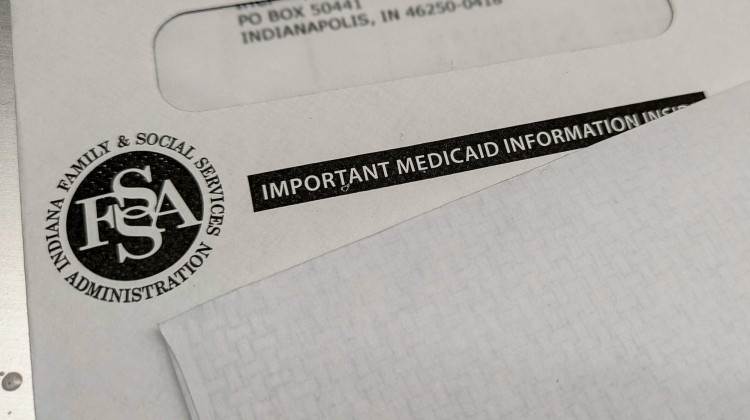
Indiana continues to have two problems, namely high hospital facility prices ranked sixth highest and low physician prices ranked eighth lowest in the nation, according to the study.
Marcelo Leal / UnsplashA new national study found that Indiana residents are paying more for health care than most other states.
The study, conducted by the nonprofit policy think tank RAND Corporation, suggests that commercial hospital prices in Indiana are the eighth highest in the country.
The study looked at what people pay at more than 4,000 hospitals and 2,000 ambulatory surgery centers across the U.S. and it found that Indiana employers and employees paid nearly three times what Medicare pays for the exact same service in 2022. That’s above the national average.
The study also looked at relative prices for medication like chemotherapy and other infusion medications given by physicians in outpatient hospital settings, and it found that Indiana had the fifth highest medication prices in the country.
“While hospital prices make up the largest slice of the pie for employer-sponsored insurance plans, prescription prices are the fastest growing,” said Gloria Sachdev, President and CEO of the Employers’ Forum of Indiana, in a press release.
In 2023, Indiana lawmakers took aim at health care costs and specifically hospital charges.
One law limits the ability of Indiana’s five largest nonprofit health systems to tack on extra charges known as facility fees for services provided in a facility outside the main hospital campus like an imaging center or a doctor’s office at an off-shoot location. That law takes effect in January of next year.
Indiana University Health, the state’s largest nonprofit health system, had also announced that it will bring its prices down to the national average by 2025.
“Even with the financial and operational challenges facing the healthcare industry, IU Health remains committed to a multi-year strategy and affordability plan to bring commercial prices as a percentage of Medicare consistent with national averages by 2025 to help with the cost of care for Hoosiers,” a statement by the health system said.
Nationally and locally, hospital associations have pushed back on the RAND study findings.
Molly Smith, the American Hospital Association’s vice president for public policy, said the report “oversells and underwhelms”. She said it does not address the influence of commercial insurers in driving up health care costs for patients nationwide.
“In benchmarking against woefully inadequate Medicare payments, RAND makes an apples-to-oranges comparison that presents an inflated impression of what hospitals are actually getting paid for delivering care while facing continued financial and other operational challenges,” Smith said.
The Indiana Hospital Association added that the RAND study does not factor in several financial stressors the state’s hospital’s are up against.
“The RAND 5.0 report continues to paint a distorted view ofhealth care in our state,” IHA president Brian Tabor said.
He said the study does not take into account insurance companies’ very low payment to Indiana doctors –– which, he said, hospitals end up subsidizing ––– as well as the state’s low Medicaid reimbursement rate, which ranks 12th lowest in the country.
“Our members continue to experience significant financial pressures that challenge their ability to provide 24/7 care for the patients and communities they serve,” Tabor said.
 DONATE
DONATE






 Support WFYI. We can't do it without you.
Support WFYI. We can't do it without you.